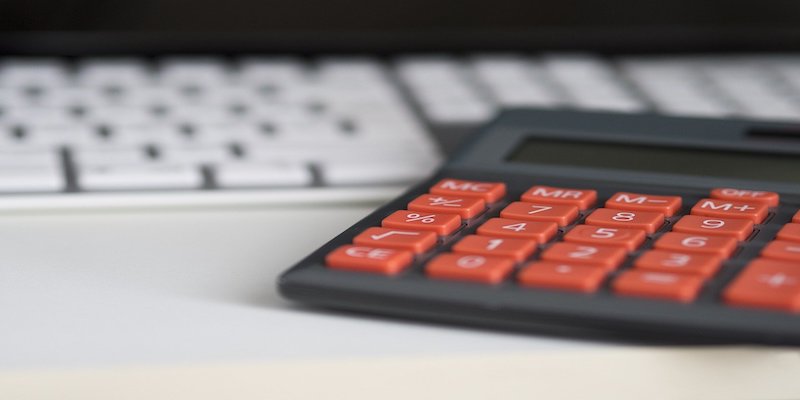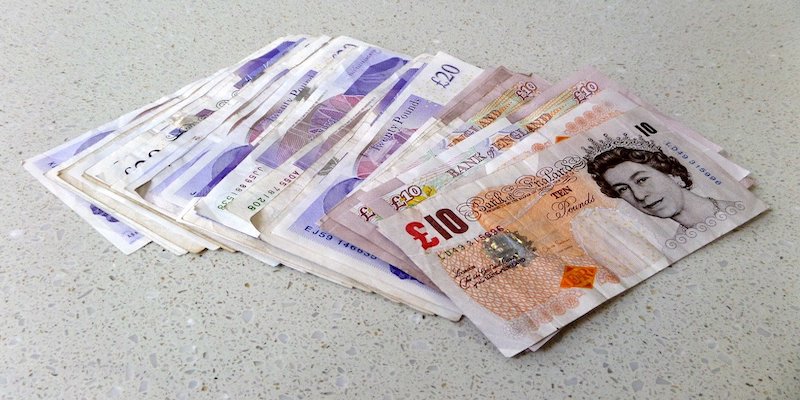The liquidity of a business is extremely important, as it demonstrates the firm’s ability to meet its financial obligations and any unexpected costs. Put simply, the greater the amount of liquid assets, the better the financial situation is.
Because of this, it is essential that business owners understand how to determine a company’s liquidity. There are several ways in which this can be achieved, which we will explain in more detail.
What is Liquidity in Business?
Before we discuss how to determine a company’s liquidity, it is important to clarify what the term actually means. Liquidity comes in two basic forms, which are:
- Market Liquidity: This refers to the liquidity of an asset and the speed in which it can be converted into cash
- Accounting Liquidity: A company’s ability to meet their ongoing financial obligations
A low liquidity measure would indicate that the business is either in financial difficulty or is not being run appropriately. If the measure is too high, however, it means that there is an excess of funds that could be invested for a higher return.
How to Determine a Company’s Liquidity
There are four main ratios that can be used to determine a company’s liquidity. They are:
Current Ratio
Also known as the working capital ratio, this is probably the most simple of measures. Its primary function is to determine the firm’s ability to meet its short-term obligations that will become due within a year.
The current ratio is calculated by dividing the company’s current assets by its current liabilities. For example, should the firm have current assets that total of £2 million and current liabilities of £1 million, it will have a current ratio of 2.
A higher number indicates that the firm has a lot of assets that can be used to meet its financial obligations. Meanwhile, a lower number shows that the company does not have many assets that are readily available, something that could be problematic if any unexpected costs arise. If the number is below 1, it means that the company has a negative working capital and is in danger of becoming illiquid.
Quick Ratio
Not all assets that a company possesses can be easily liquidated to cover debts and other liabilities. For example, the firm may have a lot of inventory that has been difficult to sell, is highly specialised, or completely obsolete. Because of this, it is not always appropriate to factor in inventories when determining a company’s liquidity.

The quick ratio makes up for this by discounting a firm’s inventory, leaving only the assets that can be readily sold behind. The main way to calculate the quick ratio is as follows:
(Current Assets – Inventory – Prepaid Expenses) / Current Liabilities
Let us say that a business has current assets of £10,000. It has £1,000 tied up in inventory and prepaid expenses of a further £1,000. Finally, the company has current liabilities that total £2,000.
The company’s quick ratio would be: (10,000 – 1,000 – 1,000) / 2,000 = 4.
For firms in industries that typically have a lot of inventory, such as retail, a negative quick ratio can be misleading. It is therefore a good idea to exercise a little common sense when reviewing the results. Similarly, an extremely high quick ratio is not necessarily a good thing. This could mean that the business has a lot of excess cash that is not doing anything, which could instead be invested or returned to shareholders.
Cash Ratio
The cash ratio is even more stringent than the quick ratio. As the name suggests, it only compares cash against the firm’s current liabilities. If the business is able to meet its financial obligations using its cash reserves alone, without needing to sell other assets, it is in an extremely strong financial position.

A firm’s cash ratio is calculated by dividing the amount of cash it holds by its current liabilities. For example, if it has £15,000 in cash and has liabilities of £3,000 its cash ratio would be 5.
Receivables Turnover Ratio
This measures how good a company is at collecting the money it is owed by clients and other third parties. While extending credit is very common in business, there will come a time where the firm will need to collect.
The receivables turnover ratio is calculated by taking the net credit sales and dividing it by the average amount of accounts receivable. For example, if a company has net credit sales of £20,000 and its accounts receivable is £2,000, the ratio would be 10.
A high receivables turnover ratio signifies that the firm’s clients are creditworthy, pay their debts on time, or that the business is very effective at collecting the monies it is owed. It could also suggest that the company is very conservative when it comes to extending credit and that it prefers to operate on a cash-only basis.
On the other hand, a low receivables turnover ratio is a sign that debtors are not repaying what they owe, the firm is doing business with individuals who have bad credit, or its debt recovery procedures are inadequate. Companies like this are more likely to face liquidity issues, as they have less access to the cash they are owed.
How Inquesta can Help
If you are unsure about your company’s liquidity, or anything else regarding your firm’s finances, it is essential to seek specialist guidance you can rely upon. This is where Inquesta can assist.
Our expert team can conduct an independent and thorough review of your business and provide recommendations on what can be improved. With us, there is absolutely no hidden agenda. We are committed to helping our clients achieve the best possible resolution for them, so you can rest assured that you are working with a provider that looks out for your interests.
Inquesta’s holistic service can help with all areas of finance, from business funding to cash flow management. This means you can have access to everything you could possibly need in one place.
For more information about how we can help your business, contact a member of our team or book a free consultation.


